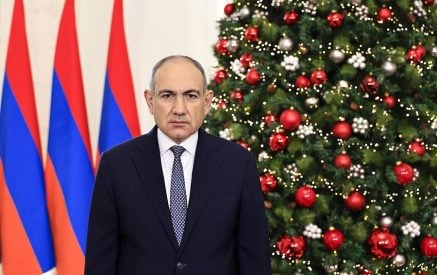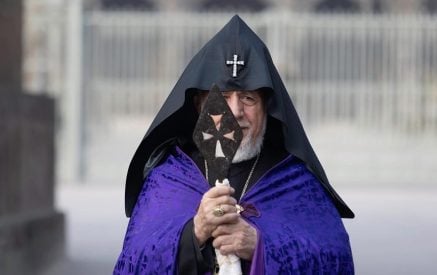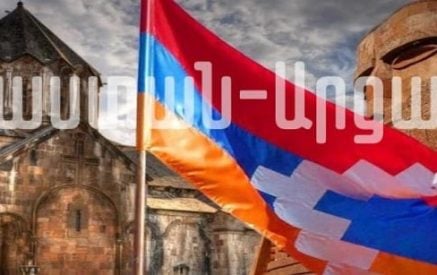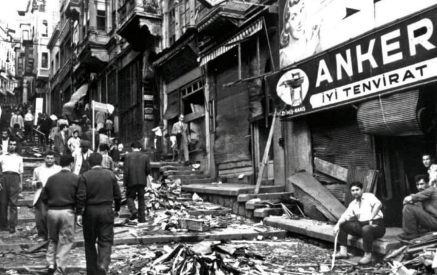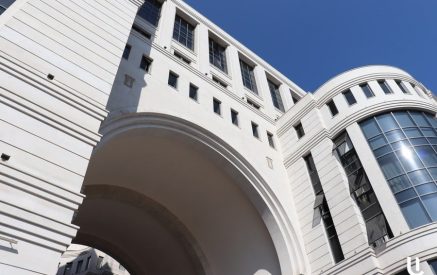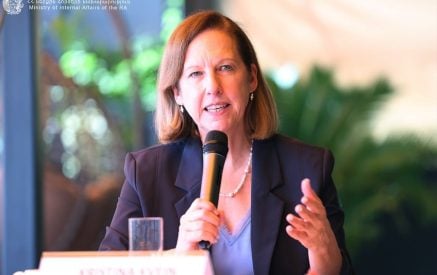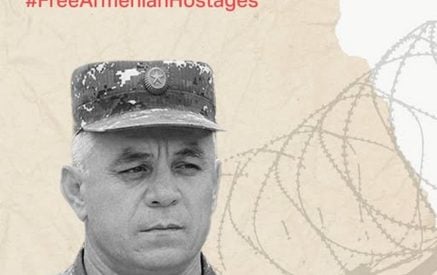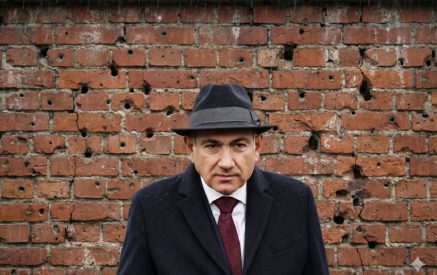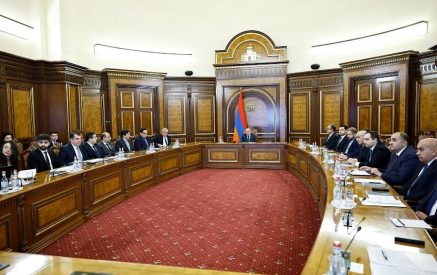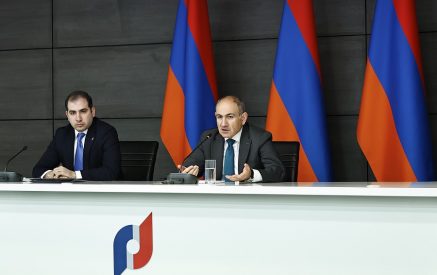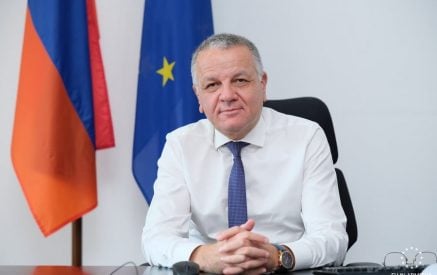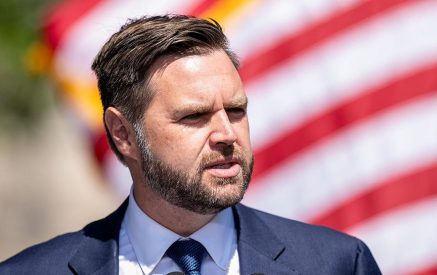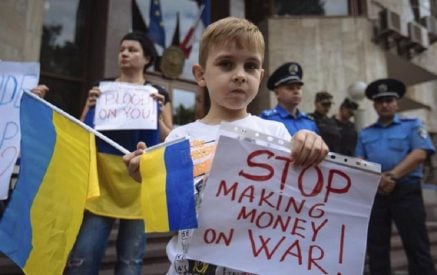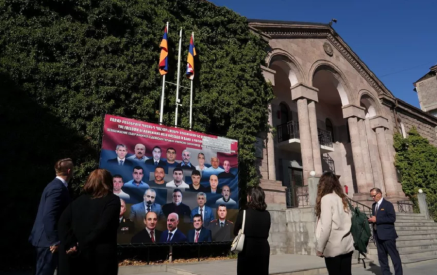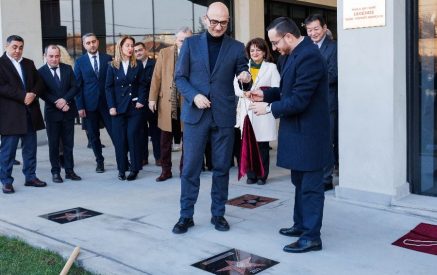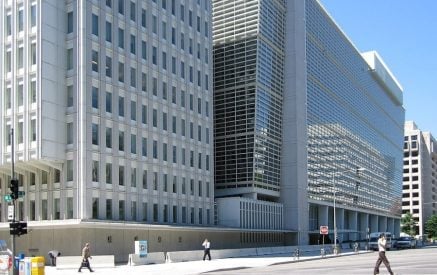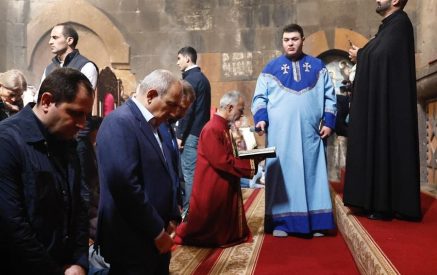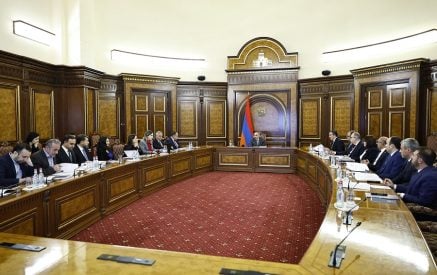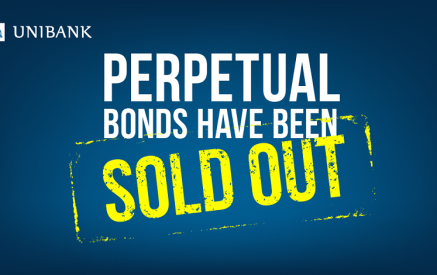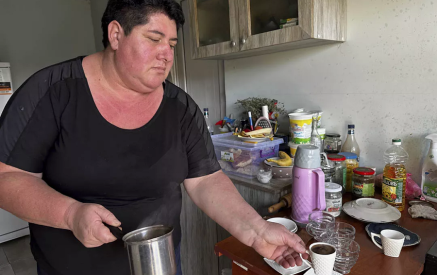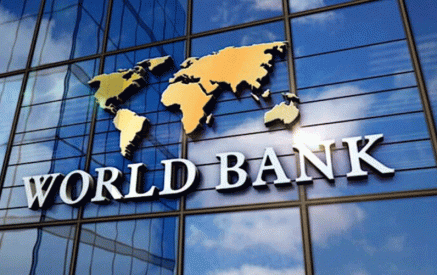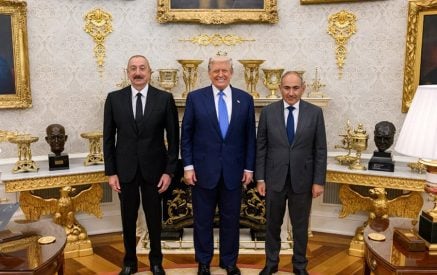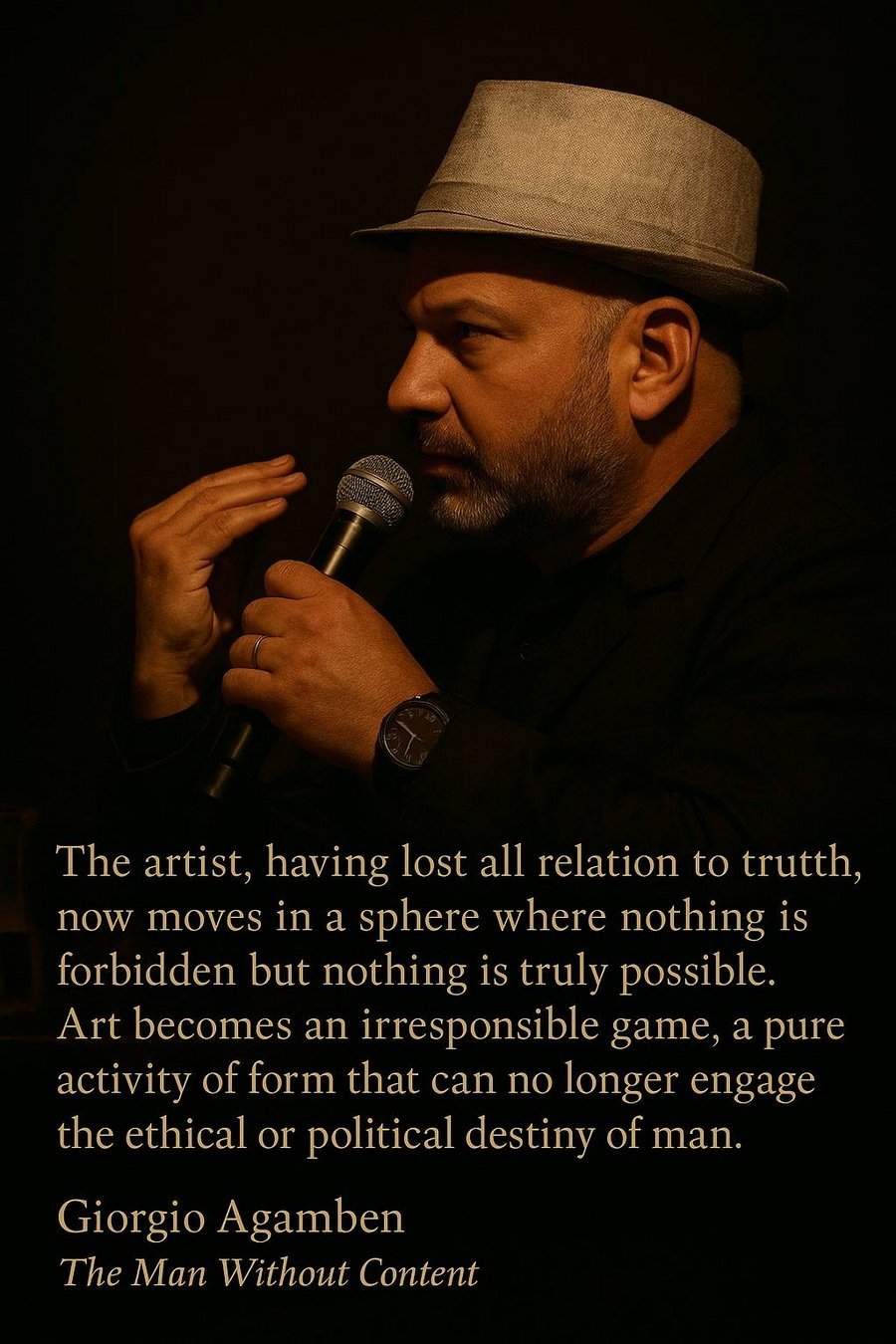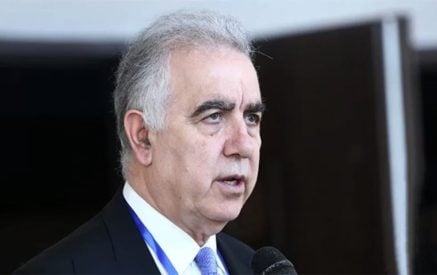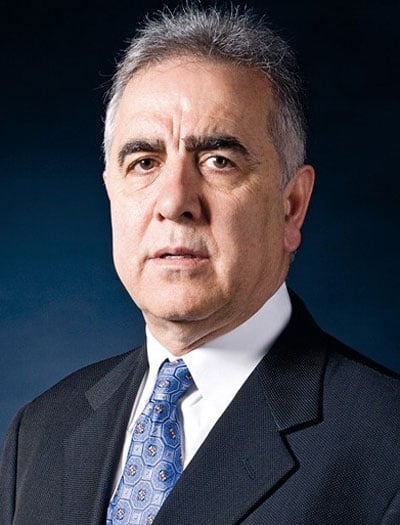Before publishing this, I recounted the story to a friend—descendant of genocide survivors and a witness to the ethnic cleansing in Artsakh. I spoke; she wept.
Inna Mkrtchyan’s film Tonratun was not included in the exhibition at Berlin’s Maxim Gorki Theater dedicated to the Armenian Genocide and Artsakh.
The exhibition took place from April 24 to May 31, 2025, under the title “100+10 Armenian Allegory.”
It featured works by around 150 artists—Armenians and non-Armenians: Turks, Kurds, Russians, Germans, Brits, Dutch, Senegalese.
The curators were Vigen Galstyan and Anahit Bagratyants.
Read also
Among the 150 works, Inna’s documentary Tonratun was absent.
Tonratun follows four rural women who bake lavash. But it is more than a domestic tale—it breaks through into themes of abortion and the female body. Through their lives, Armenia’s last 100 years are traced—from the Genocide to Artsakh.
Fine. They didn’t include it. Tonratun is reaching the places it needs to without them.
But wait a minute. Who was included?
Photographer Nazik Armenakyan’s work is present. Wonderful.
Back in the 2000s, Armenakyan spent a decade finding and photographing the last survivors of the Armenian Genocide. Her series The Survivors naturally belongs in this exhibition.
“No, you don’t get it,” says Inna. “That’s not the series they showed.”
“What did they show, then?”
“Her series on people living with HIV/AIDS.”
Excuse me—what? An exhibition on the Genocide and Artsakh includes a series on HIV?
At first, I was confused. But then I remembered: this is art. So I started to look for meanings. Here:
The first AIDS death in Armenia was recorded in 1988. And what was happening in 1988? The Artsakh movement.
While Azerbaijanis were killing Armenians in Sumgait and Baku, AIDS was claiming lives in Armenia. In both cases, Armenians were defenseless—except one disease spreads when you’re unprotected.
In one, it’s the old executioner returning anew; in the other, an entirely new and unfamiliar threat.
One kills based on ethnicity; the other, indiscriminately. AIDS is supra-national. It kills Armenians and Azerbaijanis alike.
The Azerbaijani executioner is a fascist—chooses his victims by ethnicity. AIDS treats all equally. No discrimination. No racism. No xenophobia.
35 years later, the world has changed. People no longer die of AIDS; you can remain unprotected and live, though infected.
Similarly, Armenians are told to remain unprotected—and they will be exiled.
AIDS began during the liberation of Artsakh. With Artsakh’s surrender, AIDS ended.
Besides, both the Genocide and HIV share something fundamental: neither can be cured. But both can be eased.
So what’s the difference between a Genocide survivor and someone living with HIV? Pain doesn’t leave the body—but it can be alleviated.
It’s this incurable but transmittable nature of pain that brings us to the exhibition’s core question:
“What does it mean to bring historical trauma into fragments of the present? How can art help transition toward an unfinished future that follows genocide, displacement, and loss?”
The first question—bringing trauma into the present in fragments—has a simple answer.
To bring historical trauma into the present means to take the pain and injustice endured by your ancestors and carry that burden yourself. To say: I live so that justice for you may be restored. And not to fear that their splinters of pain may lodge in your body and soul.
Now the second question: How can art help transition into a future after the losses?
The exhibition’s curator invites us to therapy. They want to help us heal and move forward.
But first, I need to ask: Do I even have trauma?
To know that, I must understand what trauma is.
Trauma is the lingering disruptive effect of a deep negative event. Sometimes manifesting as illness, sometimes as behavioral deviation. In short, something bad happened, and now you might do crazy things.
Have the Genocide stories passed down from my ancestors caused trauma in me?
Probably not—because they have shaped my behavior positively, not negatively. For example: I fight for recognition and justice, I gain allies, knowledge, and experience. I develop defense reflexes. I learn to recognize the executioner—just as a child learns to avoid a biting dog.
My generation’s trauma begins with the terrorism of 2020.
When, after the defeat in November, the ruling Civil Contract party refused to resign. They remained in power, supported by a massive following. Among those supporters was the exhibition’s curator, Vigen Galstyan.
Shushi, Hadrut, Karvachar, then Karaglukh, Parukh, then Berdzor, Aghavno, Sus, and finally Stepanakert, Martuni, Martakert—all handed over, depopulated, one by one.
Nineteen Armenians were tortured and killed. Four were women. People starved, patients died, women miscarried, children were found lifeless.
Azerbaijan began a systematic destruction of Armenian churches and artistic heritage.
And Galstyan continued to stand by the ruling party. While he supported those emptying Artsakh of Armenians—we were living through it. We were in trauma.
But this wasn’t ordinary trauma.
It was repetitive trauma—because we knew what was coming next. If Shushi and Hadrut were ethnically cleansed, so would the Armenians of Aghavno and Berdzor. If they went, all 150,000 Armenians of Artsakh would follow. If Artsakh falls…
It was compounding trauma—because those who were supposed to stop the ethnic cleansing were supporting the cleansers.
Artists like Vigen Galstyan, by siding with power, weakened the last lines of resistance that could have prevented trauma. Their presence didn’t just legitimize catastrophe—it legitimized its continuation.
Now Galstyan gathers 150 artists and asks in Berlin:
“Can art help transition from trauma to future?”
I want to find the answer to that too. So I force myself to forget who Galstyan is, to enter that conceptual space, to see what they’ve done.
But the moment I enter—it all returns. Trauma resumes. My behavior shifts. I clench my teeth. The desire for revenge flashes in my brain.
I can’t look at the works he chose—because I recognize names that deepened our trauma over the past seven years.
Faces that abandoned us at the most dangerous moment. And now, they’re making art about our trauma.
One of them is painter Karen Ohanyan—an open supporter of surrender. Last time I spoke to him, I said: If this government stays, there’ll be no Armenians left in Artsakh. He replied: “Well, they should leave. It’s not theirs, is it?”
Now his works are featured in a trauma recovery exhibit.
Galstyan, by including Ohanyan in a Genocide exhibition, reminds us of how Turkish authorities once made Armenian orphans pose beside portraits of Talaat Pasha.
Next is Armen Ohanyan, aka Armen Hayastantsi—a Civil Contract ideologue and head of PEN Armenia. His pseudonym Hayastantsi (just from Armenia) holds the hidden code of renouncing the diaspora and Artsakh. The true Armenian is the one who lives only in Yerevan. The rest are disposable.
Just as Turkey venerates Enver without acknowledging genocide, the curator celebrates Armen Hayastantsi—without seeing the roots of ethnic cleansing in Artsakh.
By including him, Galstyan reminds us that a perpetrator quickly moves from one trauma to the next.
Just as genocidal states give no rest to victims, this exhibition doesn’t let the audience breathe. Each new name triggers fresh psychological breakdowns.
Then Lara Aharonian. Advocate for women’s rights—but selectively.
When Artsakh women were under pressure, she labeled many of them and their defenders as misogynists and fascists. To her, there are “black” and “white” women.
The “black” ones are those who resist the ruling party—Aharonian is on its board of trustees.
The trauma deepens. Next: Mel Daluzyan. Trans weightlifter, left Armenia due to persecution. A film about them is shown as a symbol of overcoming fate.
But when Artsakh women called for help after November 9, 2020, they replied: “If you care so much about Artsakh, go defend it yourself.”
They left Artsakh, and then returned—to profit from it.
First, they were silent or complicit in the cleansing. Now, they enjoy its monumental digestion. The aesthetics of depopulation let them revel in the glory of pain.
Is it possible to set aside the names, enter the curators’ space, and study the works on their own terms—to speak about art, not the artists?
Yes—but only if you’re not a direct survivor of the political context of Artsakh and the Armenian Genocide.
These names aren’t just creator credits—they are part of the trauma itself. Through them, trauma is shaped.
Can a curator ignore that reality?
Sure. But in that case, they are not organizing an exhibition about the Armenian Genocide or Artsakh. They are not therapists addressing shared trauma—including mine.
They are simply hosting a personal art-world party—leaving the shards of pain to those who inherited and survived them.
Or, perhaps like Lara Aharonian sees “black” and “white” women—Vigen Galstyan sees “black” and “white” trauma survivors.
And it’s precisely the presence of these white, trauma-inducing artists that explains why Tonratun by the “black” woman Inna Mkrtchyan was excluded—and why the exhibition became a pure formal act, where nothing is forbidden, but nothing is truly possible.
“The artist, having lost all relation to the truth, now moves in a sphere where nothing is forbidden but nothing is truly possible. Art becomes an irresponsible game, a pure activity of form that can no longer engage the ethical or political destiny of man.”
— Giorgio Agamben, The Man Without Content
Hovhannes ISHKHANYAN



